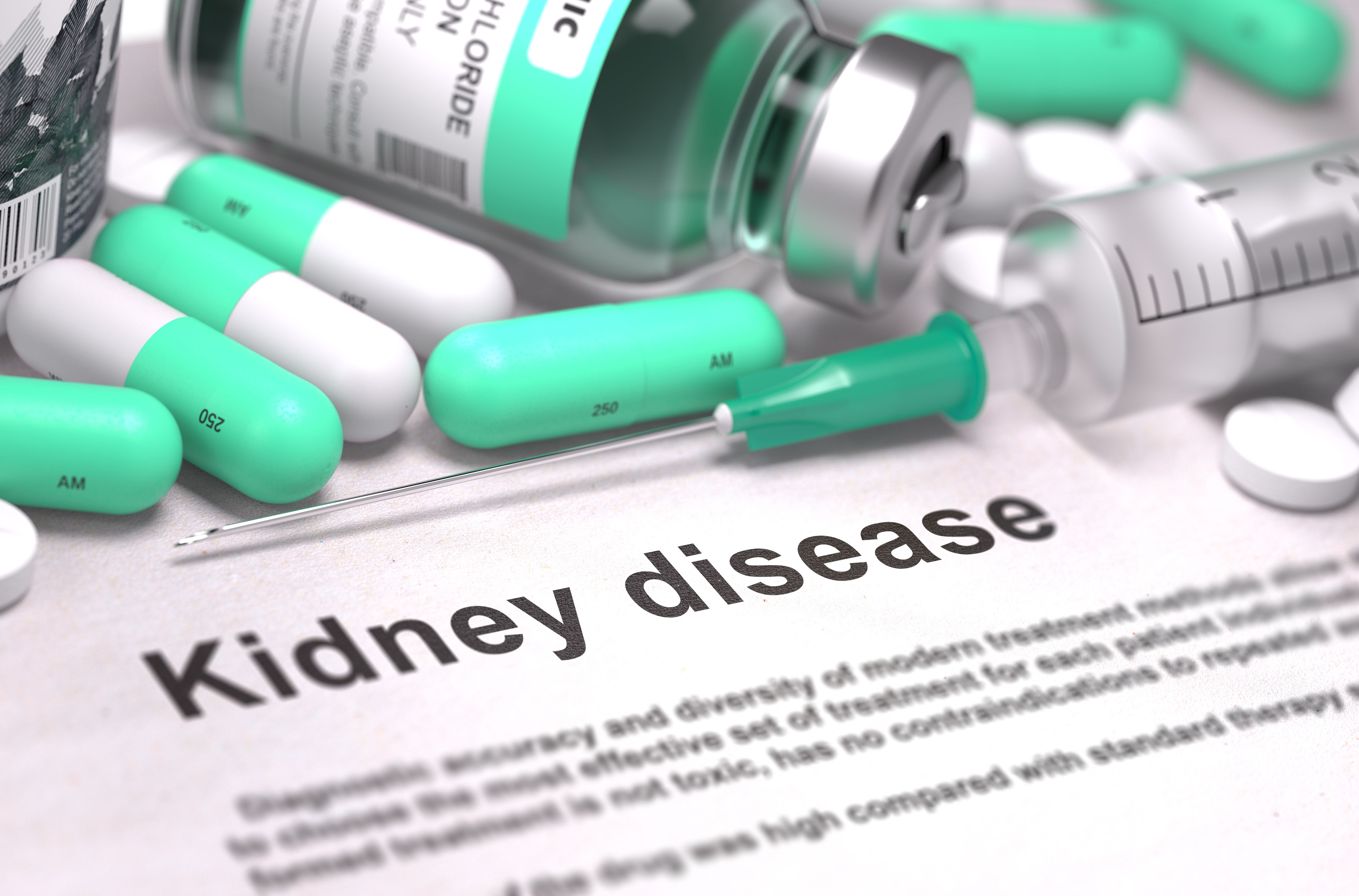Article
ESA Usage Associated With Malignancy in Patients With CKD
Author(s):
An observational study found that erythropoiesis-stimulating agent (ESA) usage was associated with increased risk of malignancies in patients with chronic kidney disease (CKD) or end-stage renal disease.
Usage of erythropoiesis-stimulating agents (ESA) increased the risk of malignancies, especially genitourinary cancers, in patients with chronic kidney disease (CKD) or end-stage renal disease (ESRD), concluded a study published in Clinical and Translational Science.
Study data were extracted from the Taiwan National Health Insurance dataset from 2000 to 2013 on 1 million beneficiaries who were randomly selected from the entire population of Taiwan in 2000.
To qualify for the study, patients had to be 20 years and older with a CKD diagnosis and at least 2 outpatient visits or 1 inpatient visit. Patients with incident CKD from 2000 to 2013 were retried after excluding patients with CKD who received their diagnosis before 2000. Patients were divided into cohorts of ESA usage (n = 3558) and non-ESA usage (3557). The mean (SD) ages were 62.7 (14.1) years and 62.8 (14.1) years, respectively.
Patients were excluded if they had cancer before the index date, received a malignancy diagnosis within 1 year of index date, had a renal transplantation, had missing information, were younger than 20 years, or were older than 100 years.
There was an 84% elevated risk of incident malignancy in the ESA treatment group compared with the matched cohort (adjusted HR [aHR], 1.84; 95% CI, 1.43-2.36). Male patients had a 32% greater chance of malignancy compared with female patients (aHR, 1.32; 95% CI, 1.06-1.64).
Incident malignancy risk was 126% greater in patients aged 40 to 65 years (aHR, 2.26; 95% CI, 1.51-3.39) and 354% greater in patients older than 65 years (aHR, 4.54; 95% CI, 2.95-6.99). Patients had a 32% lower risk of malignancy if they had a Charlson comorbidity index score of at least 3 (aHR, 0.68; 95% CI, 0.48-0.95), a 27% lower risk of malignancy if they had diabetes (aHR, 0.68; 95% CI, 0.48-0.95), and a 40% higher risk of incident malignancy in the presence of cirrhosis (aHR, 1.40; 95% CI, 1.12-1.74).
The sex subgroup found that both men (aHR, 1.43; 95% CI, 1.01-2.03) and women (aHR, 2.33; 95% CI, 1.62-3.33) with an ESA treatment had a higher risk of developing a malignancy.
Malignancy risk was 139% higher in the high annual cumulative defined daily dose (cDDD) ESA cohort (aHR, 2.39; 95% CI, 1.76-3.25) compared with the matched cohort. In the Erythropoietin group, malignancy incidence risk was 128% greater in the high annual cDDD ESA treatment cohort (aHR, 2.28; 95% CI, 1.67-3.10).
Incident malignancy risk was 130% elevated in the ESA treatment cohort with greater than 4 years of follow-up and 65% higher in the ESA group with 2 to 4 years of follow-up compared with the non-ESA group. Genitourinary malignancy risk was also 11.55 times higher in the ESA group vs the non-ESA group.
There were some limitations to this study. The impact of ESA exposure duration on malignancy was not evaluated. Cancer risks according to hemoglobin, iron levels, smoking, estimated glomerular filtration rate, and CKD progression were not assessed. Renal and urothelial cell carcinomas were not differentiated in this study, so the impact of ESA could not be assessed separately. This study could not prove causality because of its observational nature, and unmeasured confounding factors could have biased the study.
The researchers concluded that the study demonstrated an association between ESA use and increased incident malignancy risk in patients with CKD or ESRD, with the risk increasing with increased cumulative ESA dosage.
The authors noted that these results may give clinicians a reason to keep ESA dosage as low as possible.
Reference
Huang YS, Li MF, Lin MC, et al. Erythropoiseis-stimulating agents and incident malignancy in chronic kidney and end-stage renal disease: a population-based study. Clin Transl Sci. Published online June 14, 2022. doi:10.1111/cts.13353




